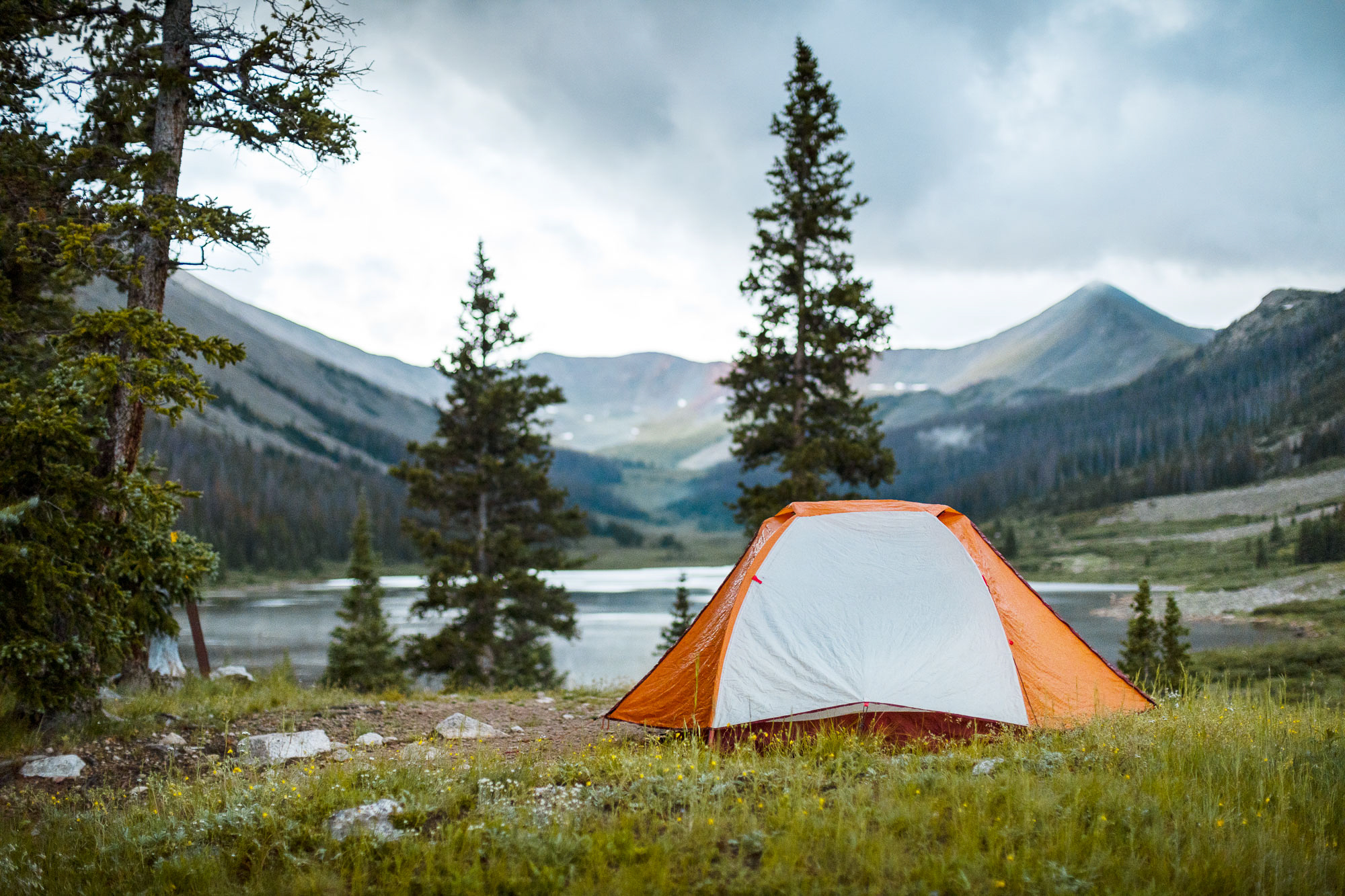I was camping in eastern Washington a month ago. We had a gorgeous spot right on a river and plenty of space for three vehicles and six dirt bikes. On arrival, I jumped out of the truck and headed into some trees to relieve my water-filled bladder. Walking a few feet away from camp, I was disgusted to find a toilet seat left behind from a previous group. The seat was placed across two logs over a shallow hole dug into the ground, where mounds of toilet paper and solid human waste were doing a not-so-great job of composting. Although the outhouse entrepreneur had at least built the latrine well back from the river, a hard rain would easily flow its contents across camp and into the water source.
Searching elsewhere, I ducked behind an uprooted ponderosa pine. This appeared to be another place where people thought it was okay to do their business. More clumps of toilet paper lay scattered, sure to be picked up by the next strong wind and drifted across an unsuspecting camper’s face or deposited in a meal.
I’ve always buried or packed out my toilet paper if I can’t burn it. I’ve also been fortunate to live and recreate in places where disposing of solid human waste is just a matter of digging a “cat hole” 6 inches deep, away from rivers, lakes, and streams.
[Update: for females, a Kula cloth is a great way to cut back on toilet paper.]
But there are many places in the world where you can’t bury your business, such as dry deserts, seeping snowfields, or rocky ridgelines. There are also world wonders, like Everest Base Camp, that have been ruined by the accumulation of human waste and garbage that has nowhere to go.
Recently, I listened to an Overland Journal podcast. My colleague here at Expedition Portal, Matt Swartz, and his girlfriend, Amanda, were being interviewed about their lifestyle, which involves plenty of camping and hiking. Matt and Amanda are trainers for Leave No Trace, a Center for Outdoor Ethics. I soon learned I wasn’t doing everything I could to leave a place better than I found it—I should have cleaned up our campsite using gloves and a big garbage bag. As Matt mentioned, you’re more likely to litter if you find the spot already has garbage lying around, but if it’s the clean, natural place you came looking for to relax and escape, you’re compelled to keep it that way.
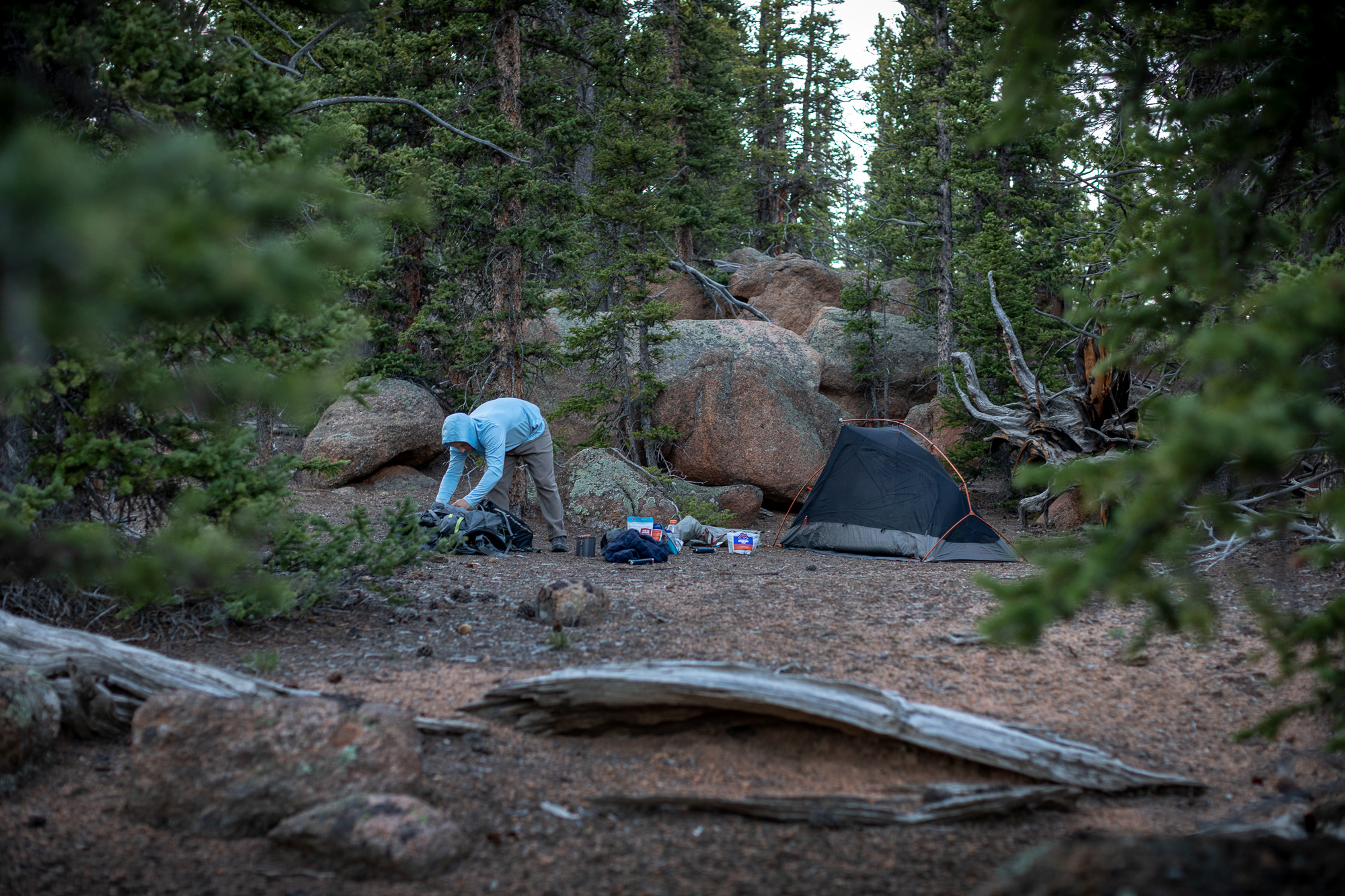
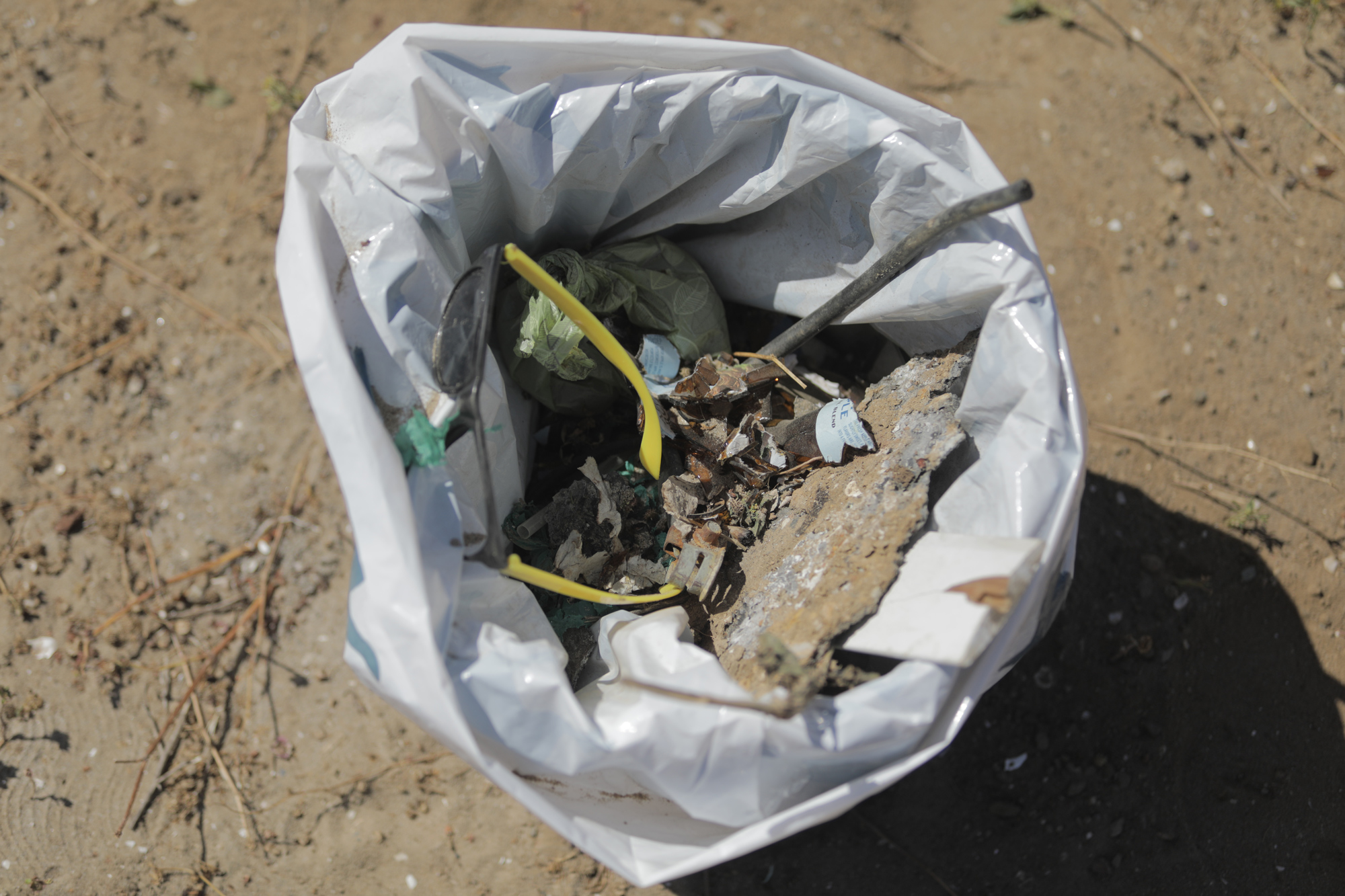
Bringing a bag and gloves to your campsite or into the backcountry is a good idea in case you have to clean up what others leave behind.
You’re free to be grossed out about the idea of packing out human excrement. You might also be annoyed or feel inconvenienced by some of your other responsibilities as an outdoor enthusiast, like getting permits to spend the night outdoors or obeying campfire regulations. But let me ask: do you want to keep having access to these beautiful places? We all love being out there hiking, hunting, mountain biking, rock climbing, backcountry skiing, fishing—so why is it so hard to keep nature pristine? If you’re there, you must appreciate it, right?
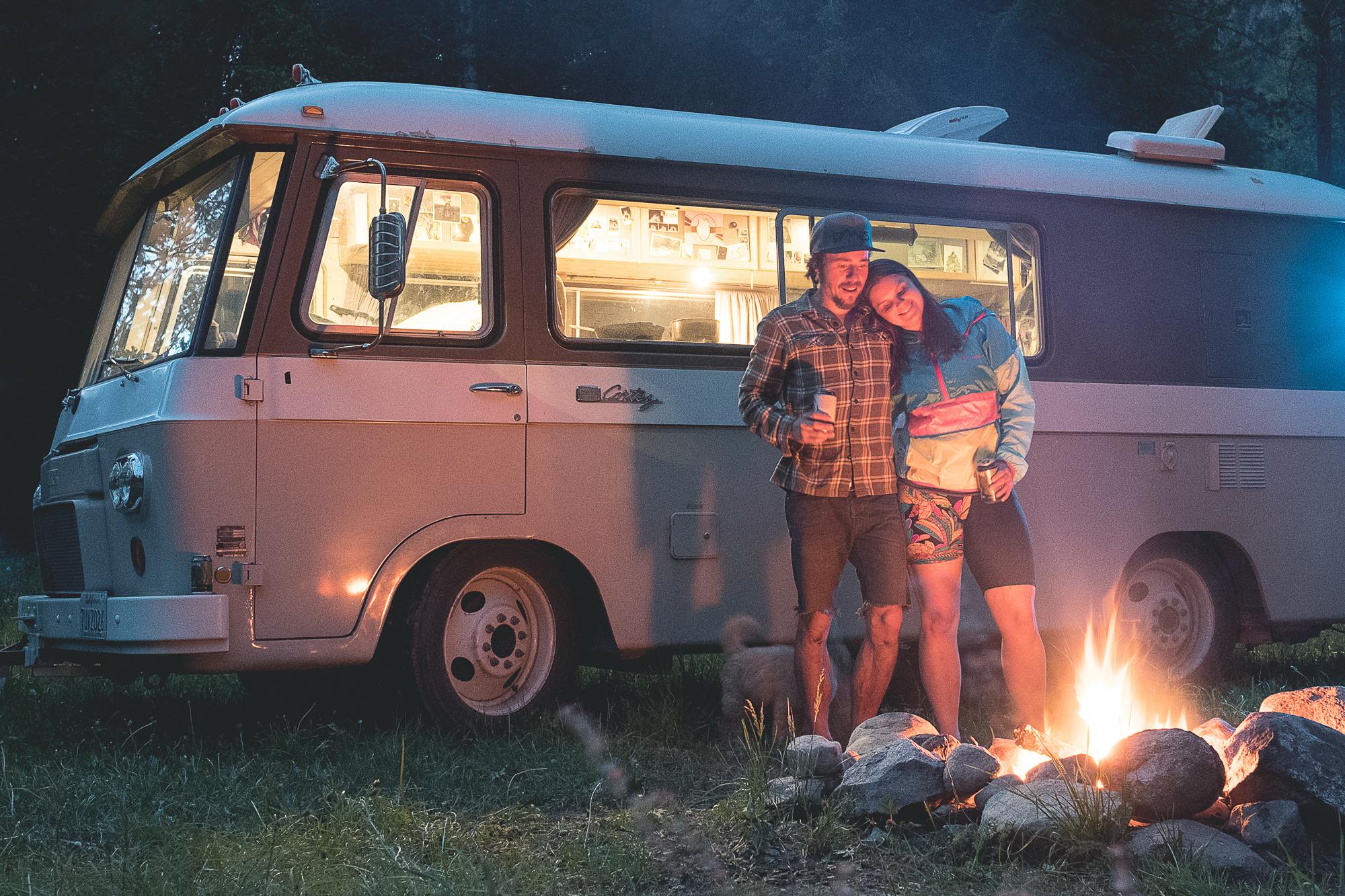
I remember once watching a family of four pull off a Forest Road and drop a bag of garbage over the edge, which rolled into a river. It took everything I had not to scream, Why would you do that surrounded by such beauty? And worse yet, hand over that legacy to their kids?
The sad thing is this happens everywhere and more often than ever. It’s not okay. That one bag of garbage will make a difference. No one likes coming across a poo-cano in the woods. No one likes hiking through blackened forests because a camper forgot to drown their campfire.
When I learned about the Leave No Trace website, I was happy to hear they’ve created seven basic principles for being in the front and backcountry. Even someone like myself, who’s lived and played in mountains, deserts, and oceans all my life, can learn more about keeping nature natural.
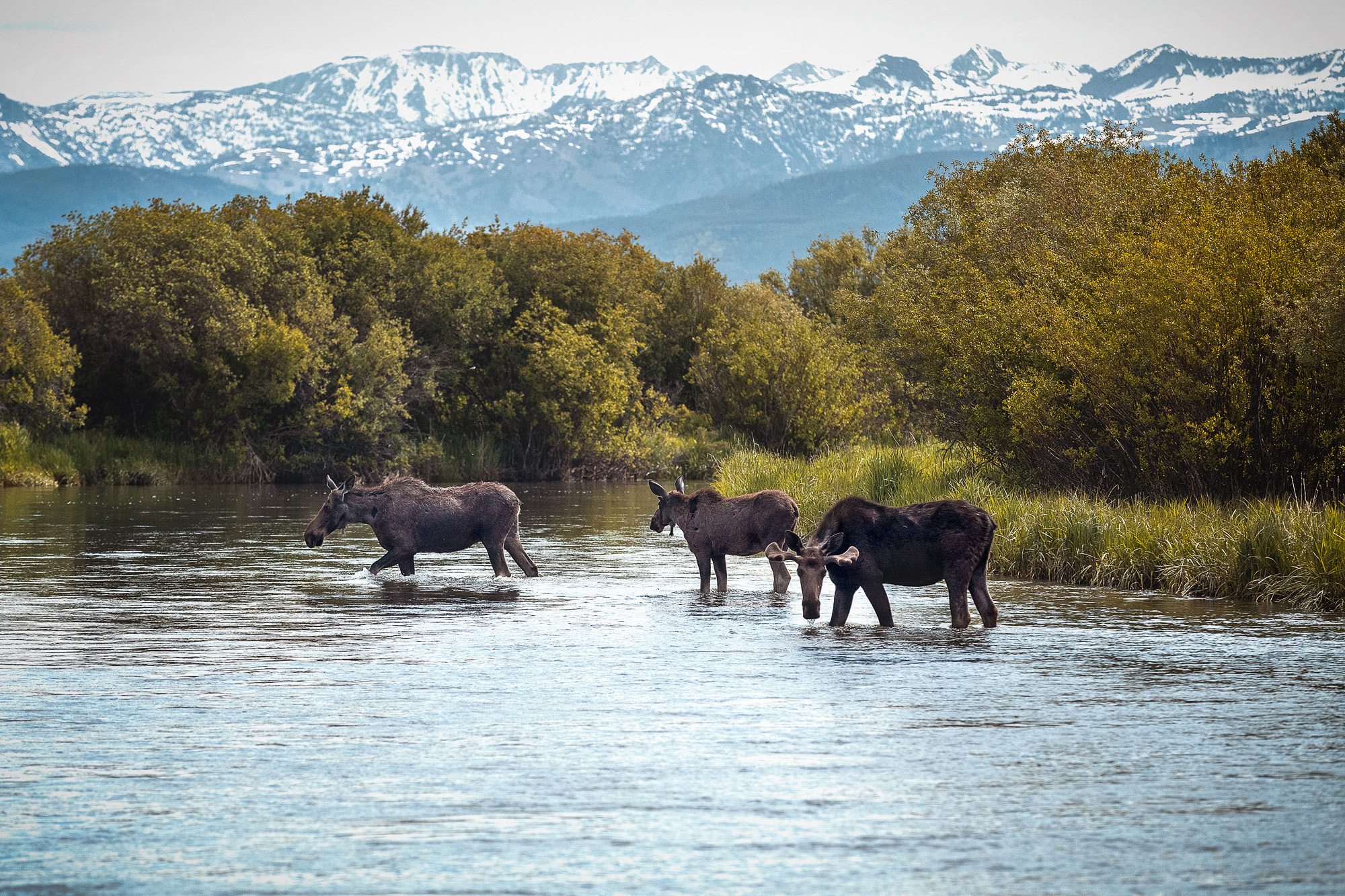
These seven principles don’t just talk about responsible ways to pack out waste or ensure a campfire is out. It outlines how poor planning for that hike can lead to natural and cultural damage and that approaching wildlife can land you in the hospital or lead to a dead bear or bird.
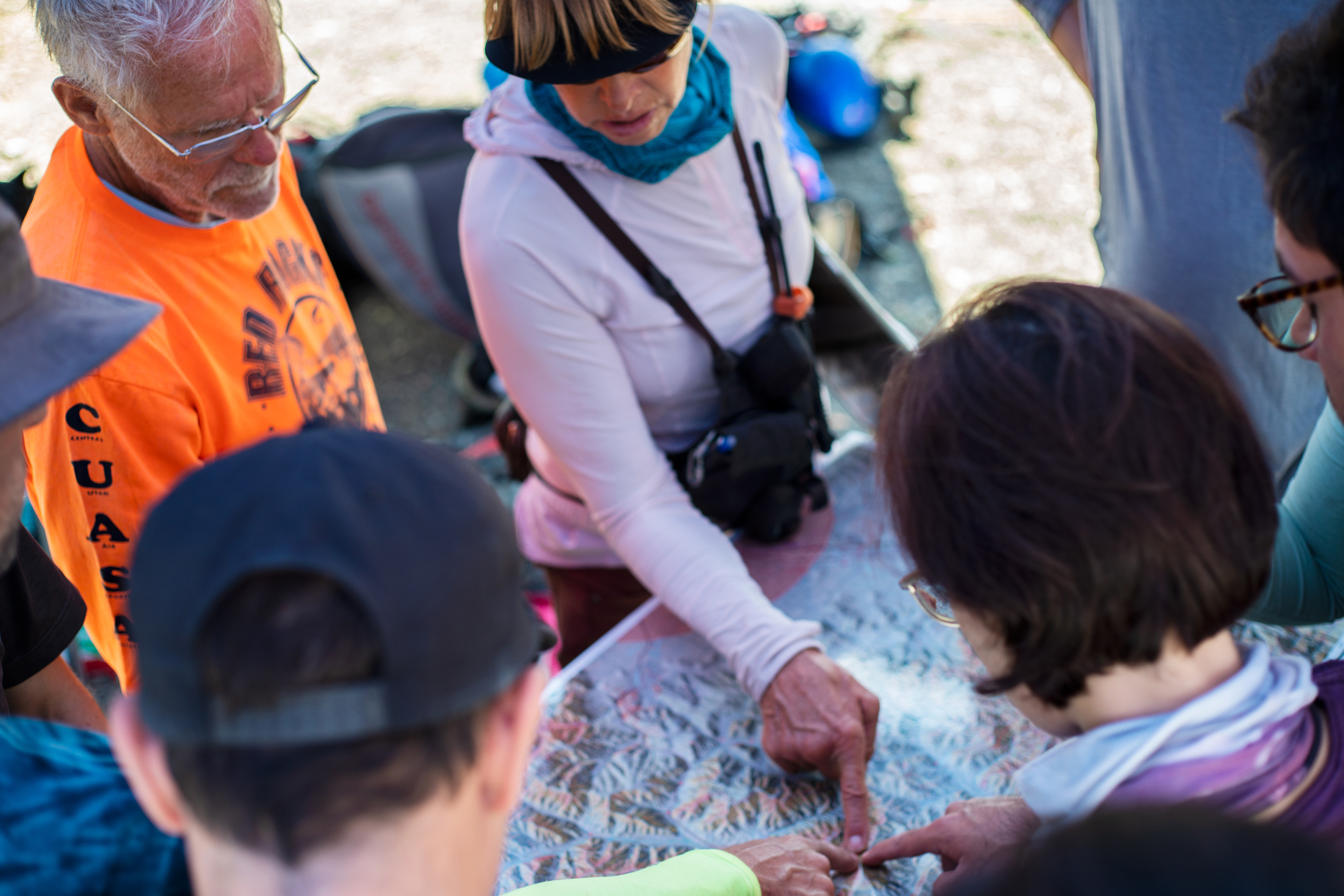
Plan your route, so you don’t end up damaging natural resources and ecosystems.
What don’t you know about playing in the outdoors? Find out at LNT.org.
Leave No Trace.
All photos provided by Matt Swartz
Our No Compromise Clause: We carefully screen all contributors to make sure they are independent and impartial. We never have and never will accept advertorial, and we do not allow advertising to influence our product or destination reviews.


